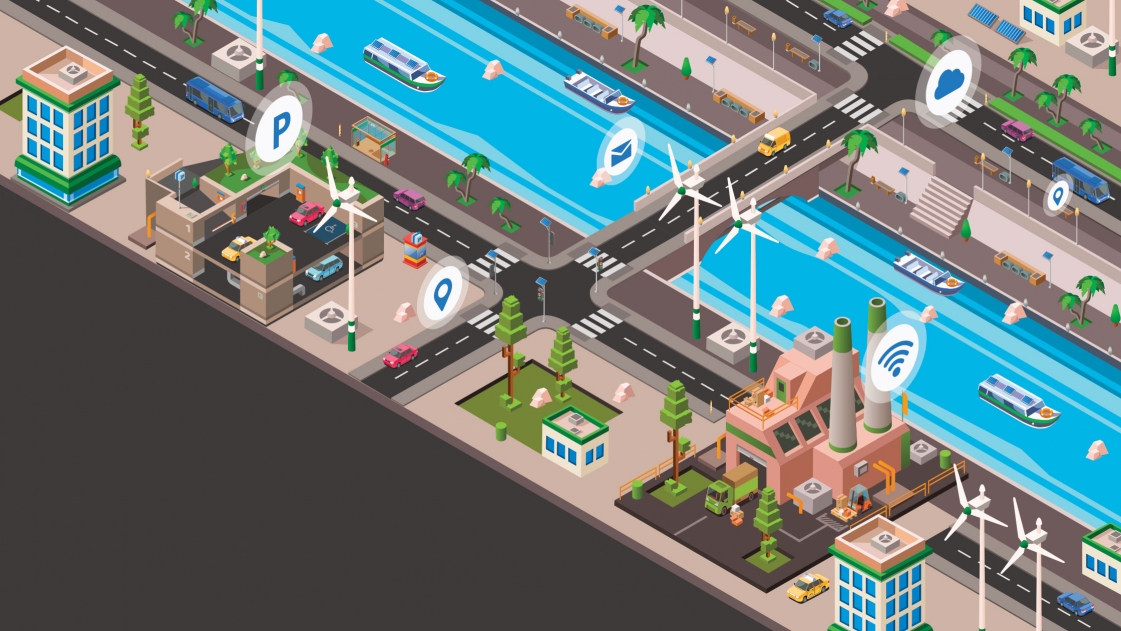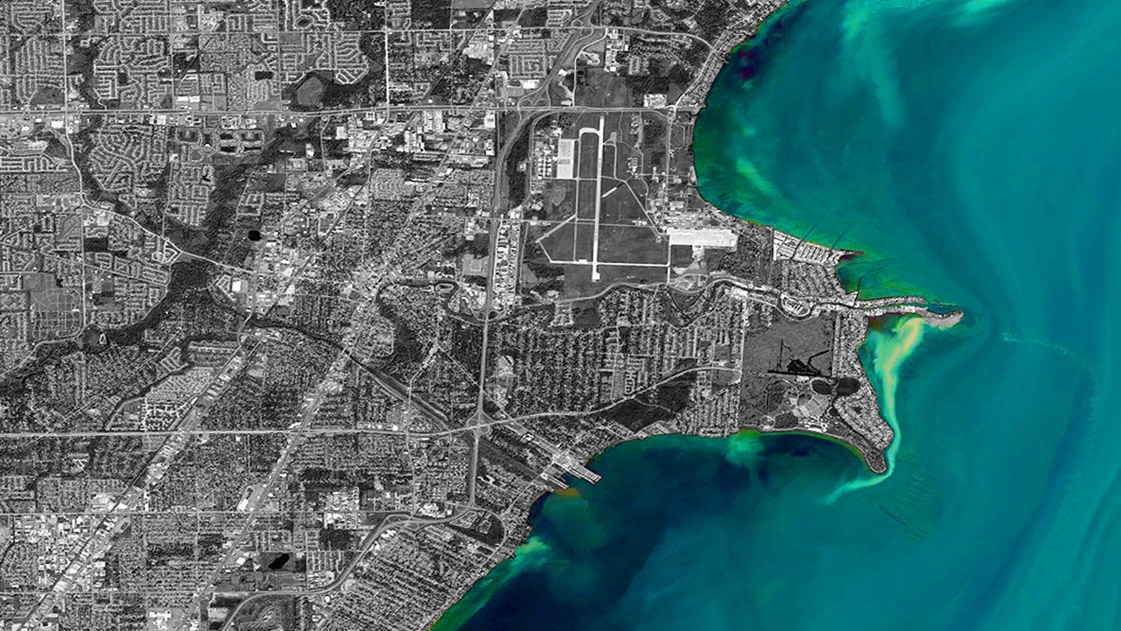Smart Cities: How IoT Can Prevent Water Quality Issues

The term “smart cities” is more than a buzz word. It’s a potential solution to many of our country’s infrastructure issues.
What is a “smart city?” It’s defined as an urban area that uses different types of electronic data collection sensors to supply information which is used to manage assets and resources efficiently. This includes data collected from citizens, devices, and assets that is processed and analyzed to monitor and manage traffic and transportation systems, power plants, water supply networks, waste management, law enforcement, information systems, schools, libraries, hospitals, and other community services. In other words, the Internet of Things (or IoT) is applied to optimize the efficiency of city operations and services and connect to citizens.
Being “smart,” for a city, involves massive data-gathering networks that connect components of the city together to improve the quality of life for its people. This can range from big issues like understanding the growth of a city so that water mains can be laid where needed, right down to indicating where a fire hydrant has been left open so that a crew can be sent to close it.
Showing the value of “smart” in “Smart Cities”
Research from our team at OHM Advisors has found that if “smart” technologies are to be adopted, they must help municipal leaders meet their top concerns, which are to save time and money, and avoid infrastructure mishaps.
One example of how smart technology can benefit our communities while saving time and money: our country’s drinking water. Each year, tens of millions of Americans are exposed to unsafe drinking water, according to a recent study, published in the Proceedings of the National Academy of Sciences. Generally the majority of the nation's water supply is in good shape, but many areas are continually prone to poor water quality. Although not all infractions pose immediate health concerns, drinking water contaminants can cause short-term illnesses such as gastroenteritis, as well as chronic conditions including cancer and neurological disorders.
A major culprit behind contaminants in many of our lakes, rivers, and reservoirs is Harmful Algae Bloom (HAB).
At OHM Advisors, our team of experts recently developed the “Great Lakes Automated Sampling Solution and Evaluation System” (GLASSES) to provide early warning of the nutrient flows that have the potential to cause HABs. GLASSES can be used in any body of water and is essentially a model for marrying several different types of technologies in order to enable real-time monitoring of nutrients or other types of substances. It integrates innovative detection methods, telemetry, and cloud-based analytics, all of which are automated, low-cost components that are already tested and exist on the market today. To learn more about this creative solution, see our recent article.
Helping get to the root of the problem
In addition to keeping people safe, this smart technology can also help get to the root of the problem and help community leaders identify sources causing HABs—excessive nutrients flowing into streams and into water bodies most often from agricultural runoff heavy with phosphorus and nitrogen.
At present, many agricultural authorities such as the U.S. Department of Agriculture “encourage” land owners to use sustainable farming practices. That can include planting cover crops to hold soil during the winter, using no-till cultivation techniques, and leaving vegetated buffer zones along watercourses and streams.
But in most cases, there are few to no incentives or sanctions for landowners who do not follow best practice regarding stormwater management. There’s little data about what practices are followed, or even which practices would be best at helping slow the flow of nutrients into watercourses.
We believe that better data, now more accessible through automated monitoring, can help provide the feedback required. This will help agricultural authorities understand which land use practices are best, so that they can reward behavior that will help move the needle. An organization such as a local government that can show a more senior level of government a better way to achieve its goals, can often obtain financial support for the project.
Another way to get financial and verbal support for monitoring can come through the enlistment of allies that would also benefit from better surface water quality.
This includes the tourism sector—few people will want to visit a water-focused tourist attraction if that water is unpleasant to look at, unsafe to swim in, and has a foul smell. It’s the same for the real estate industry—valuations will likely go down for properties near the water, if that water ceases to be an attraction.
Environmental agencies will also be pleased—fewer HABs mean fewer “dead zones” in lakes, for better aquatic species survival.
Automated water monitoring takes an “Internet of Things” approach to a longstanding problem. It uses reliable, proven technology, done in a cost-effective way. The next step will be to use the data the technology produces to devise ways to work on the causes of the problem.


